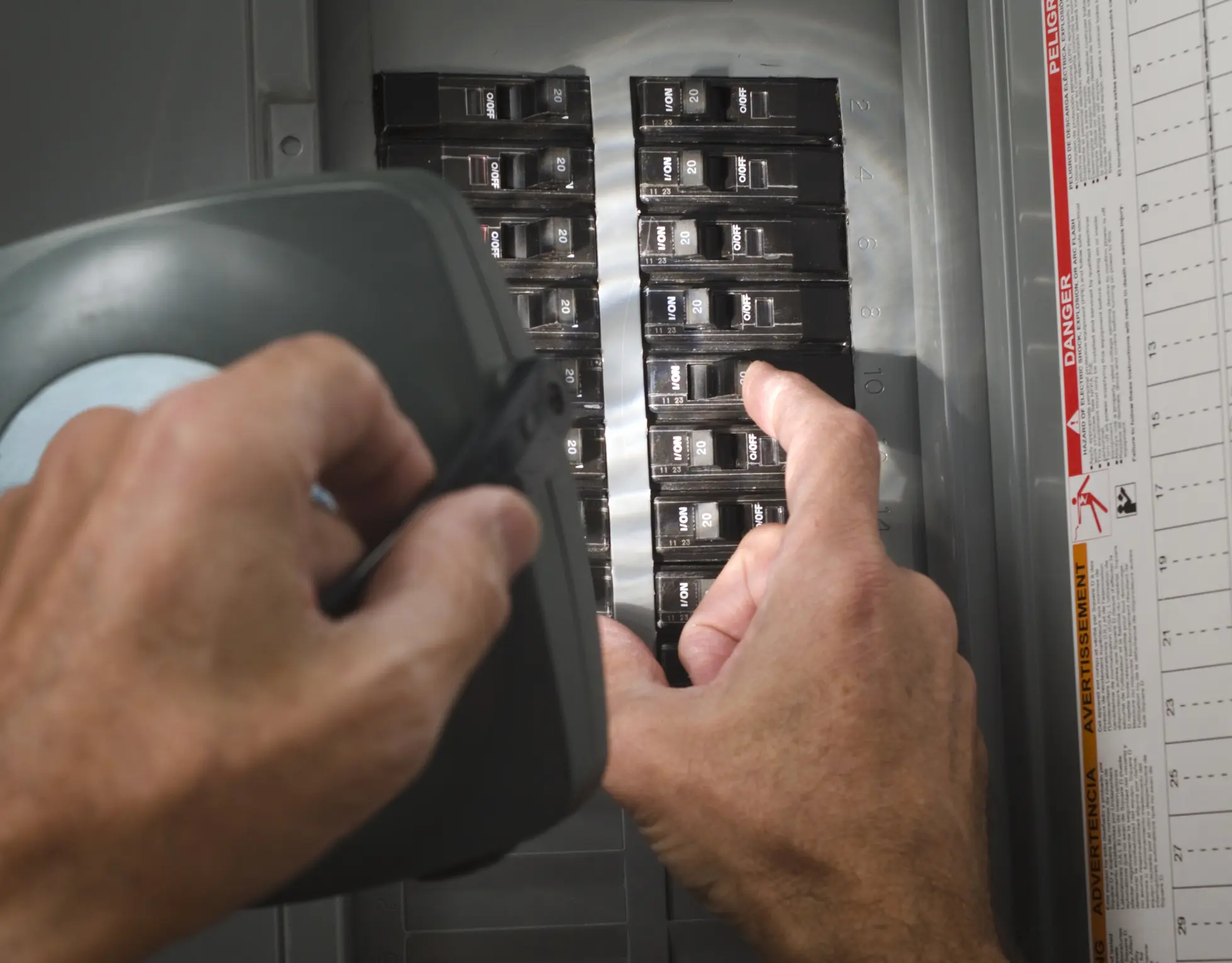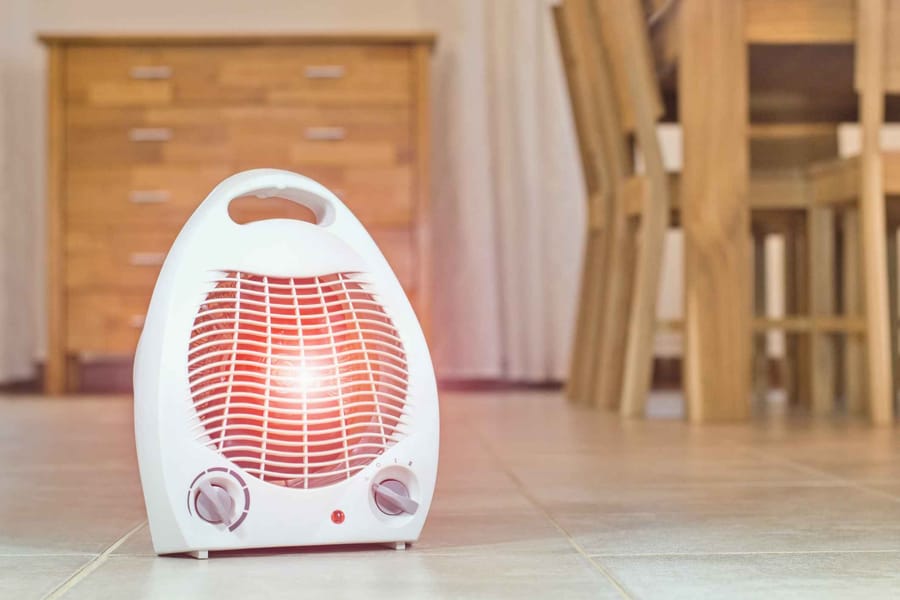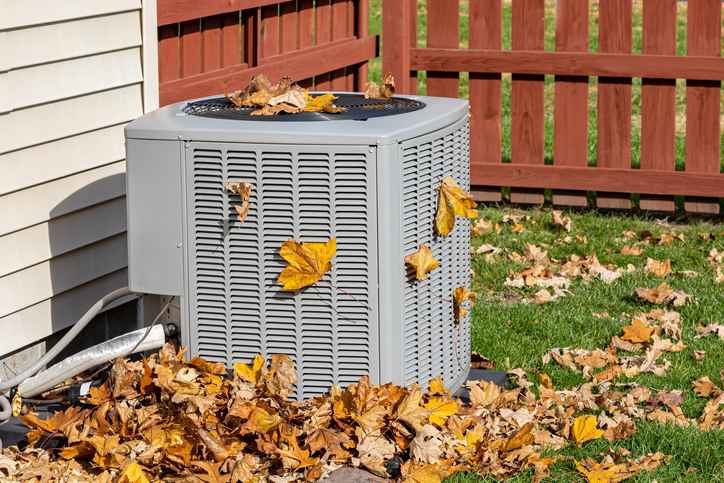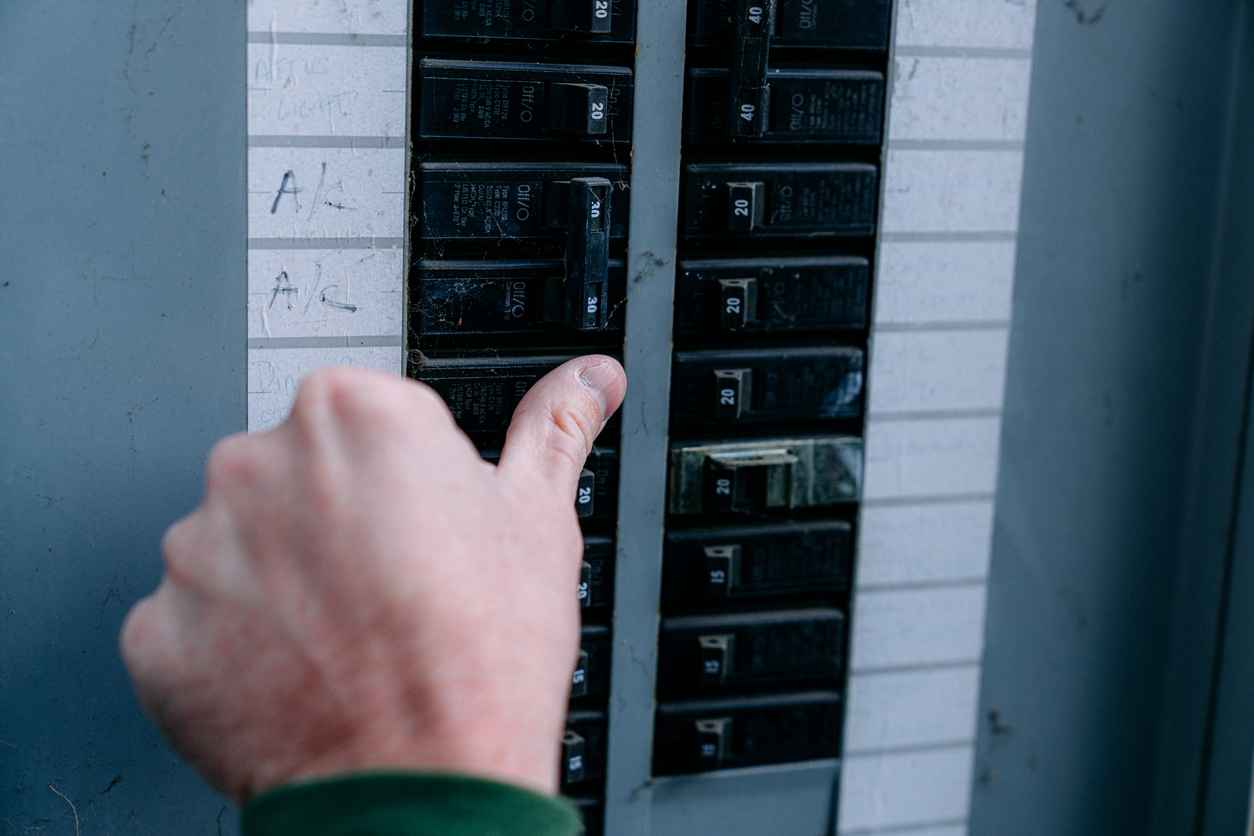
How to Reset a Circuit Breaker
If you’ve ever experienced a sudden loss of power in your home, you might be familiar with the frustration and confusion that often follows. Whether it’s a specific appliance that stopped working or an entire section of your house plunged into darkness, the culprit is often a tripped circuit breaker. Knowing how to reset a circuit breaker is a valuable skill for any homeowner, as it can save you time and restore normalcy quickly. In this guide, we will walk you through the steps to safely reset a circuit breaker, understand why it might have flipped, and offer tips to prevent future occurrences.
Understanding Your Circuit Breaker Panel
Before diving into the steps on how to reset a circuit breaker, it’s important to understand the basics of your circuit breaker panel. This panel is usually located in a utility room, basement, or garage, and contains a series of switches that control the electrical circuits in your home. Each switch, known as a breaker, is designed to protect your electrical system by shutting off the power when it detects an overload or short circuit. This protective mechanism helps prevent electrical fires and damage to your appliances.
Steps to Reset a Circuit Breaker
- Locate Your Circuit Breaker Panel: First, identify where your circuit breaker panel is located. If you’re unsure, check common areas such as the basement, garage, or utility room.
- Open the Panel Door: Once you’ve found the panel, open the door to reveal the breakers. You should see a series of switches lined up, each corresponding to different areas or appliances in your home.
- Identify the Tripped Breaker: Look for the breaker that has flipped to the “off” position or is stuck between “on” and “off”. It might also have an orange or red indicator showing that it has tripped.
- Turn Off All Appliances: Before you reset the breaker, ensure that all appliances and devices on the affected circuit are turned off. This prevents a sudden surge of power when the breaker is reset.
- Reset the Circuit Breaker: Firmly switch the breaker to the “off” position first, then flip it back to the “on” position. You should feel a slight resistance as the breaker resets.
- Test the Circuit: Once the breaker is reset, check the affected area to see if power has been restored. Turn on a few appliances or lights to ensure everything is functioning properly.
Common Reasons Why a Breaker Flips
Understanding why a breaker flipped can help you prevent future occurrences. Here are some common reasons:
- Overloaded Circuit: This happens when too many devices or appliances are connected to a single circuit, drawing more power than it can handle.
- Short Circuit: A short circuit occurs when a hot wire comes into contact with a neutral wire, causing a large amount of current to flow through the circuit.
- Ground Fault: Similar to a short circuit, a ground fault occurs when a hot wire touches a ground wire or a grounded part of the electrical system.
- Faulty Appliances: Sometimes, a specific appliance may have an internal fault, causing it to draw excessive current and trip the breaker.
Tips to Prevent Future Breaker Trips
- Distribute Electrical Load: Avoid plugging too many high-wattage appliances into a single circuit. Spread out the load across multiple circuits to prevent overload.
- Regular Maintenance: Periodically inspect your electrical system for any signs of wear and tear. Replace any damaged wires or outlets immediately.
- Upgrade Your Electrical System: If you frequently experience breaker trips, consider upgrading your electrical panel or adding additional circuits to handle the load.
- Use Surge Protectors: Protect sensitive electronics by using surge protectors, which can help prevent sudden spikes in power.
When to Call a Professional
While resetting a circuit breaker is a simple task, there are times when you should call a professional electrician:
- Frequent Trips: If your breaker trips frequently, there may be an underlying issue that needs professional attention.
- Burning Smell: If you notice a burning smell near your circuit breaker panel, turn off the main power and call an electrician immediately.
- Sparks or Smoke: These are signs of a serious electrical problem that requires immediate professional intervention.
Conclusion
Knowing how to reset a circuit breaker is an essential skill for any homeowner. It allows you to quickly restore power and understand the basic functions of your home’s electrical system. However, it’s also important to recognize when a problem requires professional help.
At Lickety-Split Plumbing & Electrical, we are here to assist with all your plumbing, electrical, and HVAC needs. Whether you need help with a stubborn breaker, plumbing repairs, or HVAC maintenance, our team of licensed professionals is ready to provide reliable and efficient service. Contact us today for expert assistance and ensure your home remains safe and comfortable.
Recent News

Winter Electrical Safety Checklist for Northeast Florida Homes

Lighting the Night Safely: Outdoor & Holiday Lighting Tips for Florida Winters

Florida Fall HVAC Tune-Up Guide: Get Your System Ready for Cool Nights & Humid Days

Why Emergency Plumbing Is So Expensive and 4 Ways to Avoid Needing It

How to Know if You Actually Need a Panel Upgrade

Understanding the Importance of Regular Drain Cleaning

How to Get Rid of Sewer Flies

